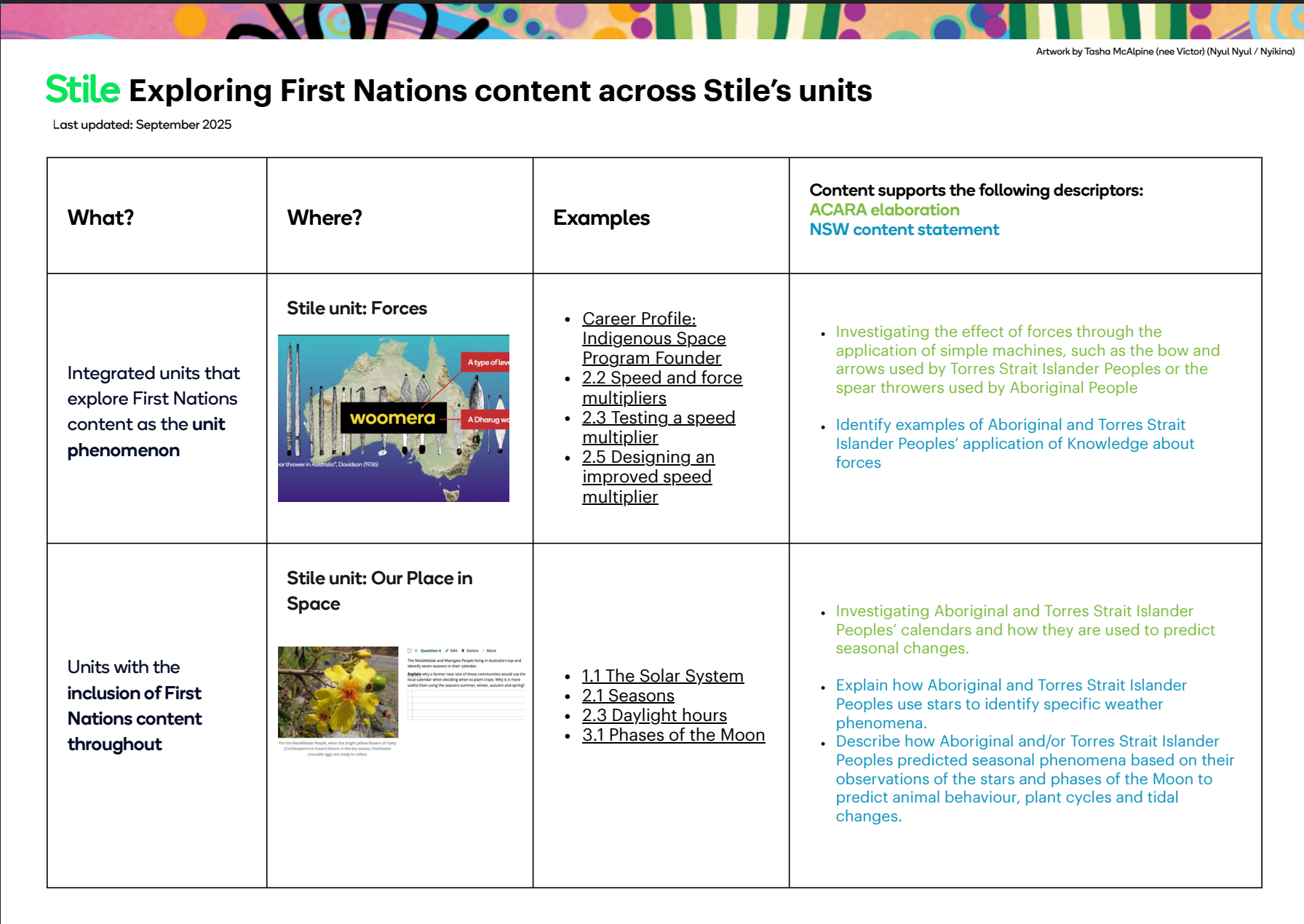Exploring First Nations Histories and Cultures across the Stile library
Learn how Stile approaches the Victorian Curriculum 2.0 in incorporating First Nations Histories and Cultures in science education with cultural safety and guidance.

Acknowledgement of Country Stile acknowledges the Traditional Owners of Country throughout Australia and recognises Aboriginal and Torres Strait Islander Peoples as the world’s first scientists. We pay our respects to Elders past and present, and honour the knowledge systems that continue to guide and shape our understanding of science.
Curriculum context
Embedding First Nations Histories and Cultures is not only a curriculum requirement but an opportunity to strengthen equity and enrich science learning for all students.
For Aboriginal and Torres Strait Islander students, it means seeing their cultures, knowledge, and identities reflected in the classroom. For all students, it means engaging with the world’s oldest continuous living cultures and recognising the contributions these knowledge systems continue to make to science.
Exploring First Nations content across Stile’s units
Download a printable PDF version of this outline for quick reference.
Integrated units that explore First Nations content as the unit phenomenon
Forces
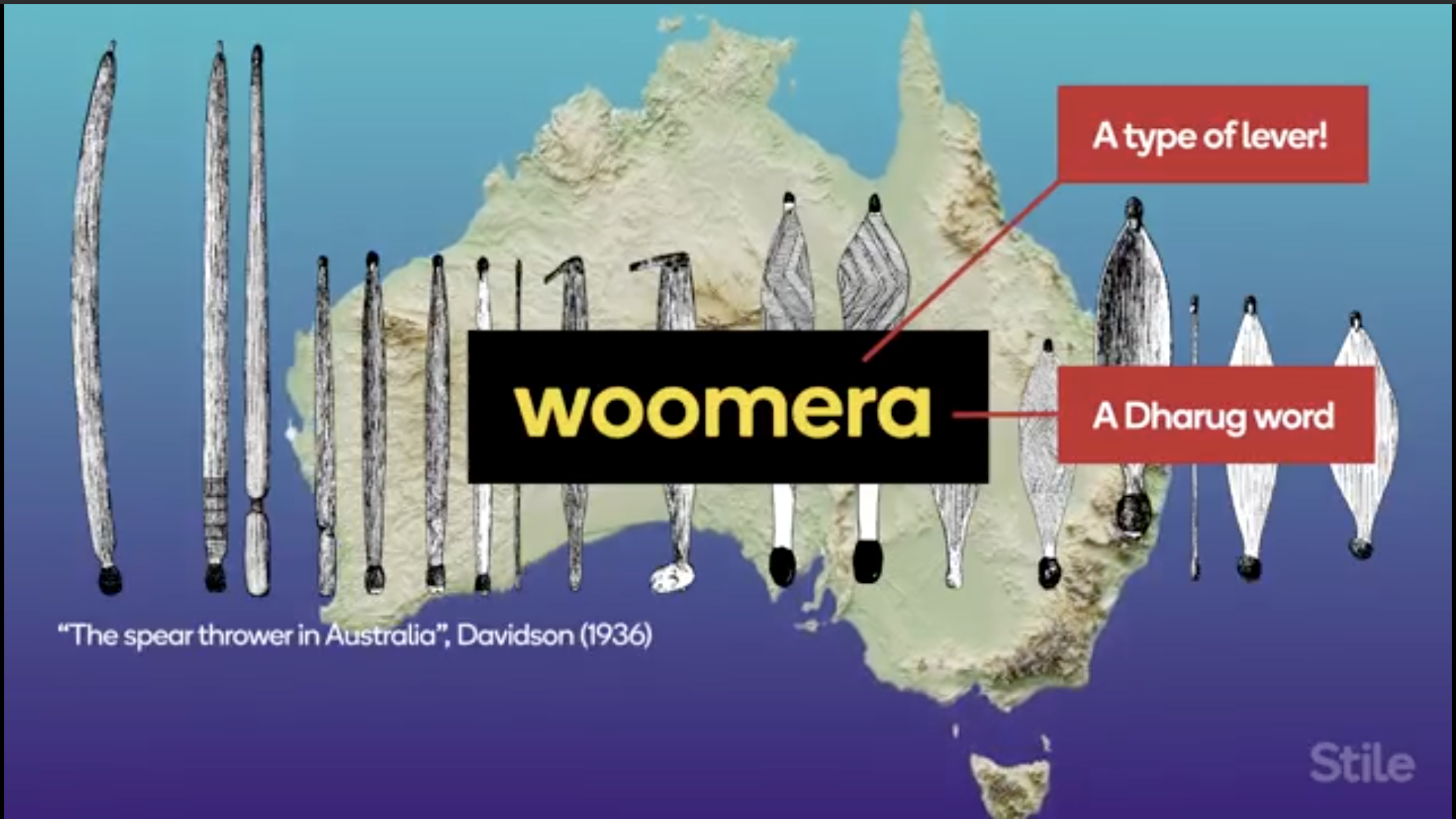
Examples
- Career Profile: Indigenous Space Program Founder
- 2.2 Speed and force multipliers
- 2.3 Testing a speed multiplier
- 2.5 Designing an improved speed multiplier
Content supports the following descriptors:
NSW content statement
- Investigating the effect of forces through the application of simple machines, such as the bow and arrows used by Torres Strait Islander Peoples or the spear throwers used by Aboriginal Peoples.
ACARA elaboration
- Identify examples of Aboriginal and Torres Strait Islander Peoples’ application of Knowledge about forces.
Units with the inclusion of First Nations content throughout
Our Place in Space
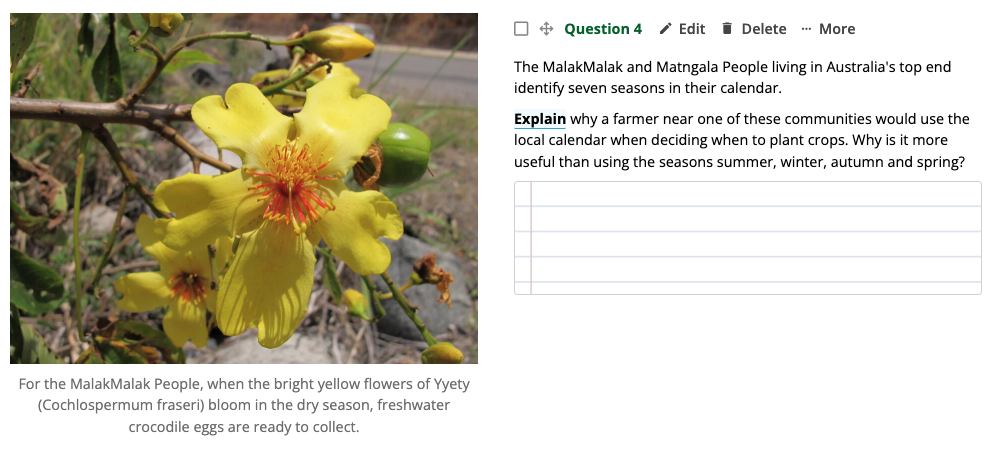
Examples
Content supports the following descriptors:
NSW content statement
- Explain how Aboriginal and Torres Strait Islander Peoples use stars to identify specific weather phenomena.
- Describe how Aboriginal and/or Torres Strait Islander Peoples predicted seasonal phenomena based on their observations of the stars and phases of the Moon to predict animal behaviour, plant cycles and tidal changes.
ACARA elaboration
- Investigating Aboriginal and Torres Strait Islander Peoples’ calendars and how they are used to predict seasonal changes.
Lessons that use First Nations ways of being, knowing and doing as the lesson hook or anchoring phenomenon.
Mixtures
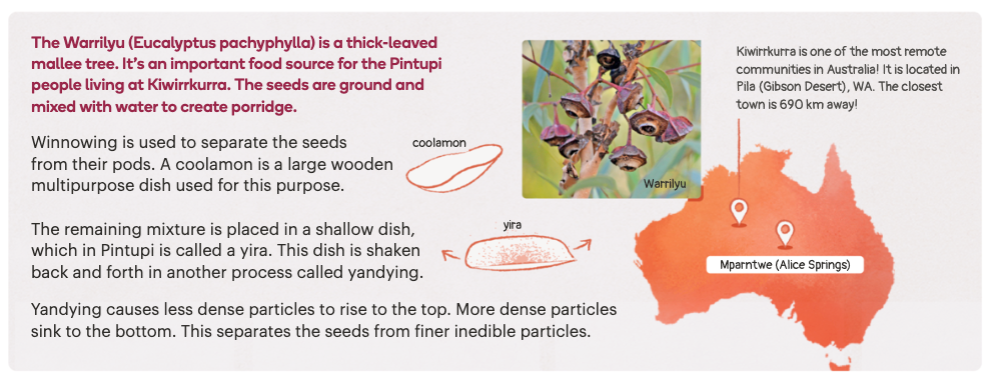
Example
Content supports the following descriptors:
NSW content statement
- Investigate techniques used by Aboriginal and/or Torres Strait Islander Peoples to separate mixtures.
ACARA elaboration
- Investigating separation techniques used by Aboriginal and Torres Strait Islander Peoples, such as hand picking, sieving, winnowing, yandying, filtering, cold pressing and steam distilling.
Elements and compounds
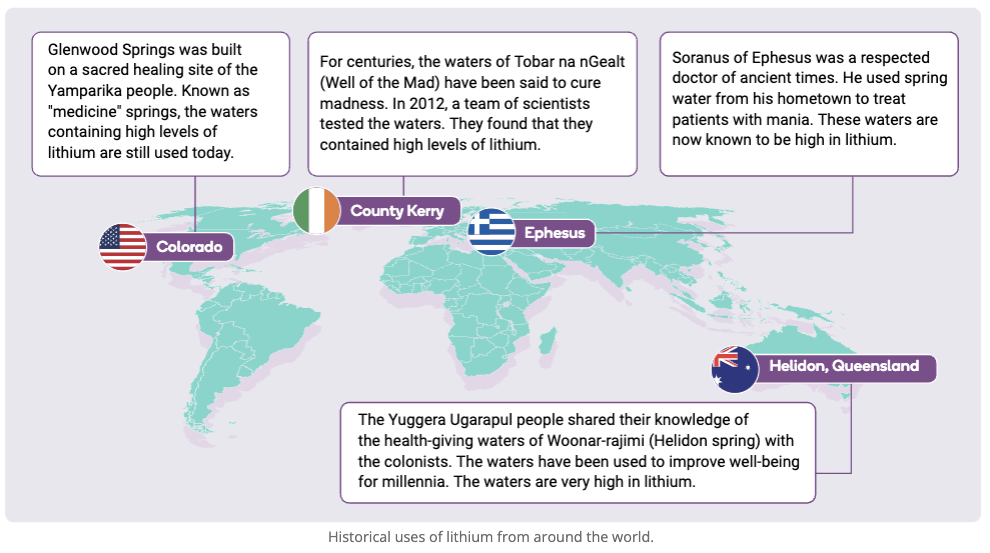
Example
Content supports the following descriptors:
ACARA elaboration
- Investigating how First Nations Australians develop material culture through holistic world views that employ multidisciplinary knowledges and skills.
The Periodic Table
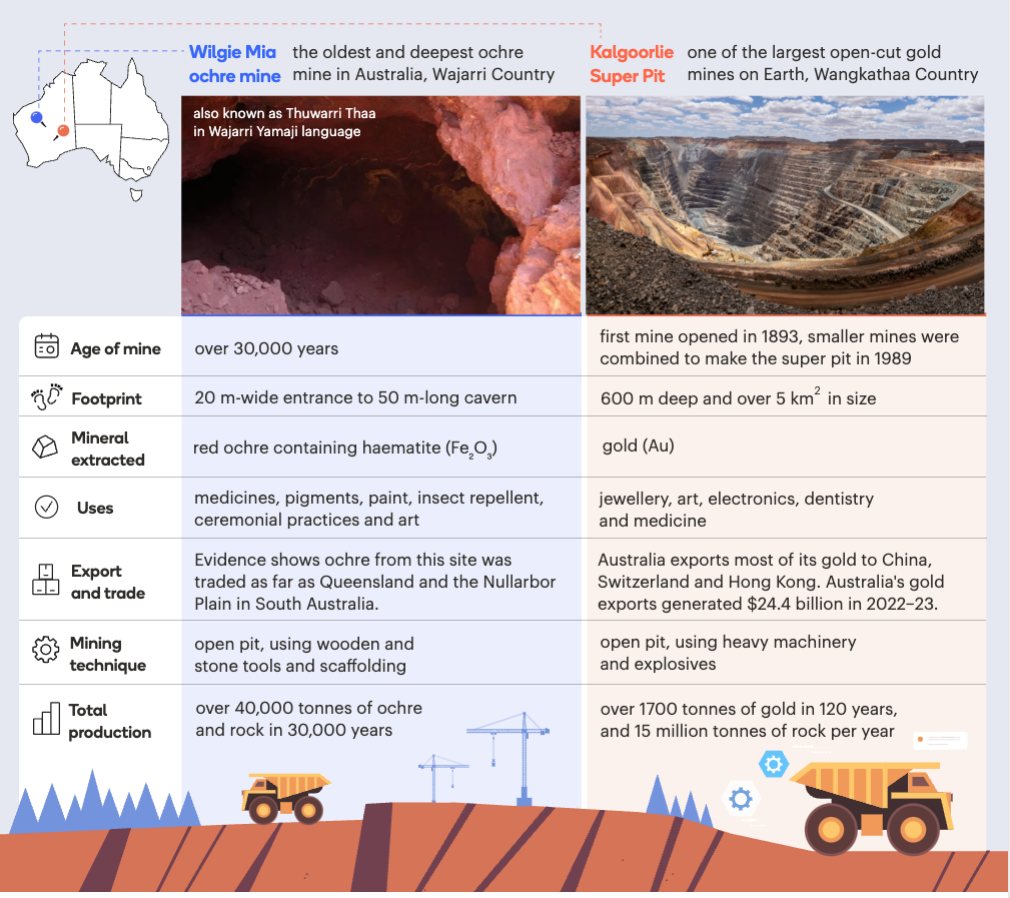
Example
Content supports the following descriptors:
NSW content statement
- Explain how Aboriginal and Torres Strait Islander Peoples used minerals and resources for a wide range of purposes.
ACARA elaboration
- Investigating how First Nations Australians develop material culture through holistic world views that employ multidisciplinary knowledges and skills.
- Exploring the traditional geological knowledge of Aboriginal and Torres Strait Islander Peoples that is used in the selection of different rock types for different purposes.
Lessons that have students explore First Nations content in questions
The Immune System
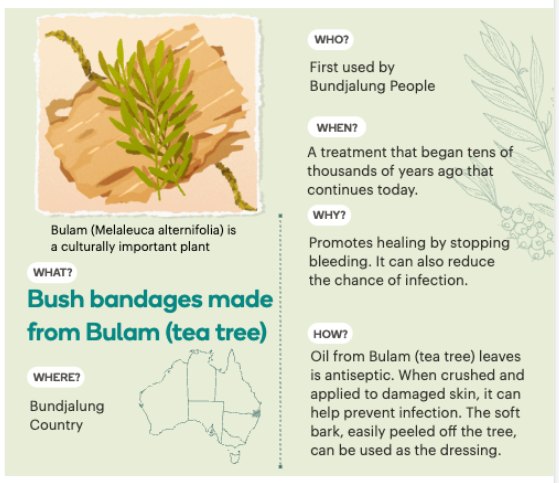
Example
Content supports the following descriptors:
NSW content statement
- Investigate Aboriginal and/or Torres Strait Islander Peoples’ use of plants to prevent or control disease.
ACARA elaboration
- Investigating the contributions of Aboriginal and Torres Strait Islander Peoples’ knowledge in the identification of medicinal and endemic plants.
Other student-facing First Nations content
Mixtures
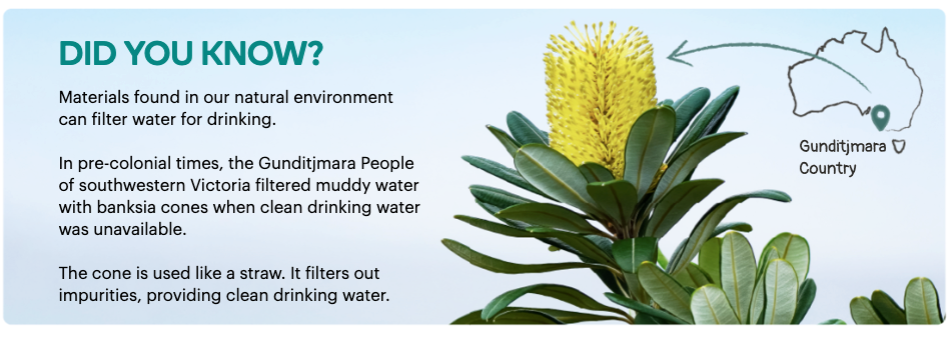
Example
Content supports the following descriptors:
NSW content statement
- Investigate techniques used by Aboriginal and/or Torres Strait Islander Peoples to separate mixtures.
ACARA elaboration
- Investigating separation techniques used by Aboriginal and Torres Strait Islander Peoples, such as hand picking, sieving, winnowing, yandying, filtering, cold pressing and steam distilling.
Other teacher-facing First Nation content
Ecosystems
Example
Content supports the following descriptors:
NSW content statement
- Research how Aboriginal and Torres Strait Islander Peoples have developed sustainable harvesting practices and Cultural protocols based on deep ecological understandings.
ACARA elaboration
- Investigating separation techniques used by Aboriginal and Torres Strait Islander Peoples, such as hand picking, sieving, winnowing, yandying, filtering, cold pressing and steam distilling.Investigating how land management practices of Aboriginal and Torres Strait Islander Peoples informs contemporary management of the environment to protect biodiversity.
To find out more about Stile's approach, please read: Incorporating First Nations Histories and Cultures in Stile’s science units.
Learn more about your state's curriculum
We’ve shared how Aboriginal and Torres Strait Islander Histories and Cultures are integrated within Stile’s science lessons, with guidance tailored to each state’s curriculum context:


